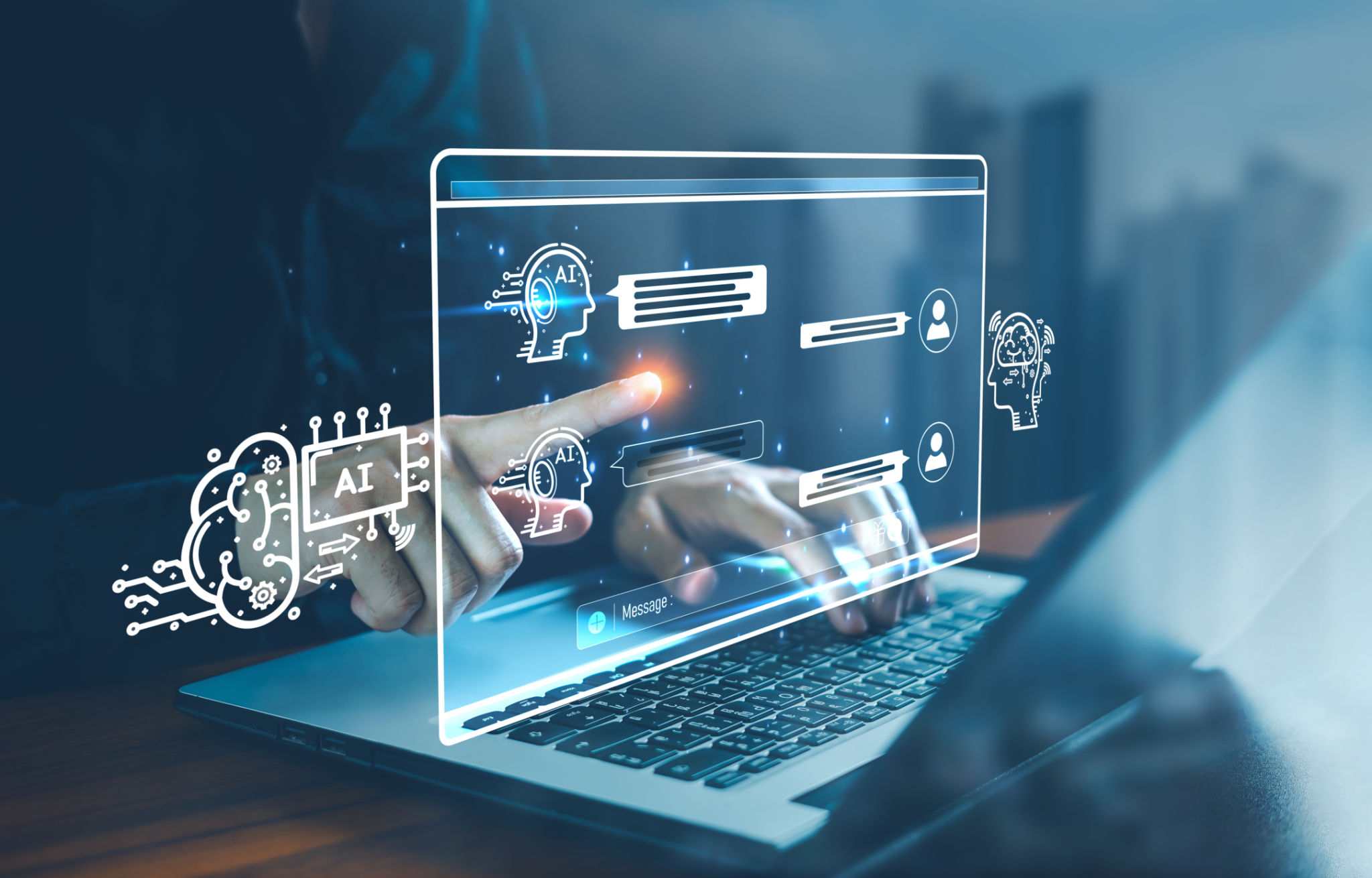AI Training: Common Misconceptions and Realities
Understanding AI Training
Artificial Intelligence (AI) has become an integral part of modern technology, yet many misconceptions surround its training process. Understanding how AI is trained is essential for appreciating its capabilities and limitations. This blog post aims to dispel common myths and shed light on the realities of AI training.

Myth: AI Learns Like Humans
A common misconception is that AI learns in the same way humans do. While AI systems can process vast amounts of data quickly, they lack the intuitive understanding and emotional intelligence inherent to humans. AI training involves feeding large datasets into algorithms that learn patterns and make predictions, but it does not involve true comprehension or reasoning.
AI systems rely on supervised, unsupervised, or reinforcement learning techniques. These methods use mathematical models to identify patterns and correlations without any understanding of the content. In contrast, human learning is more nuanced, involving emotions, experiences, and critical thinking.
Reality: Data Quality Matters
Another important aspect of AI training is the quality of the data used. Contrary to the belief that more data automatically leads to better AI, the reality is that data quality is crucial. Poor-quality data can lead to biased or incorrect AI predictions. Ensuring that datasets are representative and free from biases is a significant challenge in AI development.
Data preprocessing, cleaning, and augmentation are essential steps in the training process. These steps help improve the accuracy and reliability of AI models by ensuring that the data is as clean and relevant as possible.

Myth: AI Can Understand Context
Many people assume that AI can understand context in the same way humans do. However, while AI can recognize patterns and correlations, it often struggles with contextual understanding. For example, a language model may generate coherent sentences but fail to grasp nuanced meanings or cultural references.
This limitation stems from the fact that AI lacks real-world experience and relies solely on the data it has been trained on. Developers are continuously working to improve contextual understanding through advanced algorithms and hybrid learning approaches.
Reality: Continuous Training Is Necessary
AI training is not a one-time process; it requires continuous updates and refinements. As new data becomes available and environments change, AI systems must adapt to maintain accuracy. This ongoing training ensures that AI remains effective and relevant in dynamic conditions.

In conclusion, understanding the realities of AI training helps demystify its capabilities and limitations. While AI has made remarkable strides in recent years, its development continues to rely on high-quality data, contextual improvements, and continuous learning. By dispelling myths and acknowledging these realities, we can better appreciate the role of AI in our world.